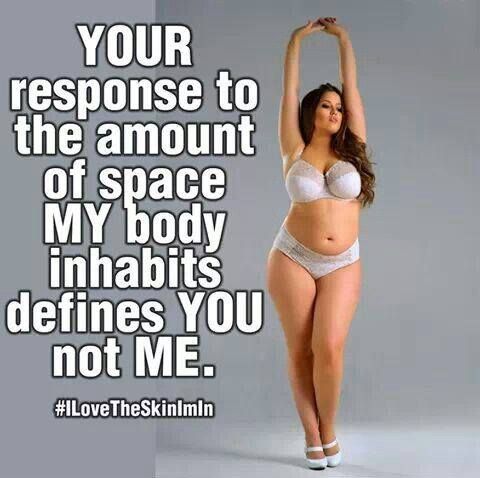
Want to make fun of a guy? Go after his manhood. He’s bald, he can’t get it up, anything that implies a lack of testosterone.

Want to make fun of a woman? Just call her fat.
Of course what is “fat” is a sliding scale, ranging from pleasingly plump to can’t-get-out-of-bed obese. And whether someone is judged as fat is often based on nothing more than how the judger feels about him or her self that day.
If you watched the first Presidential debate, you saw Donald Trump unremorseful about remarks he made about beauty queen Alicia Machado.
Hilary Clinton used Trump’s comments as an example of his troubling attitudes toward women. But Trump told Fox News that he was right to say what he did about Machado:
“She was the winner and she gained a massive amount of weight, and it was a real problem,” said Mr. Trump, who was the pageant’s executive producer at the time.
It is baffling that Trump would think this attitude is a winning one, but why wouldn’t he? The country’s fashion industry – that arbiter of, as Heidi Klum says, who is in and who is out – has long held the attitude that if you aren’t slim, you aren’t worthy.
Klum’s colleague, Tim Gunn, has had enough.
In a recent Washington Post editorial, Gunn says, “I love the American fashion industry, but it has a lot of problems, and one of them is the baffling way it has turned its back on plus-size women. It’s a puzzling conundrum. The average American woman now wears between a size 16 and a size 18, according to new research from Washington State University. There are 100 million plus-size women in America, and, for the past three years, they have increased their spending on clothes faster than their straight-size counterparts. There is money to be made here ($20.4 billion, up 17 percent from 2013). But many designers — dripping with disdain, lacking imagination or simply too cowardly to take a risk — still refuse to make clothes for them.”
Just like it seems like it would be good business to cater to the majority of American women in fashion, it seems like it would be good politics to at least give lip service to accepting women of all sizes who, after all, made up 53 percent of the voters in the last Presidential election.
Why are we still having this conversation?
It seems like it’s way past time for politics and fashion both to realize that when it comes to influencing outcomes, women are not only large, but increasingly, they’re in charge.